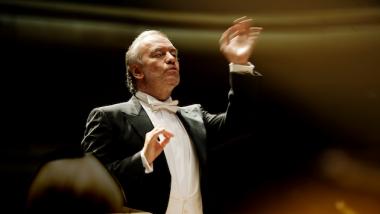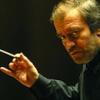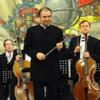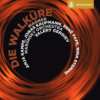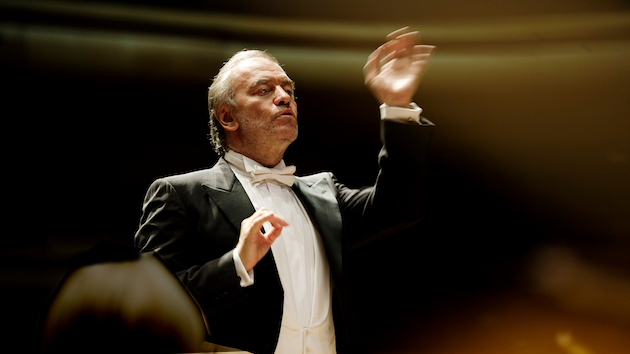
Russian conductor Valery Gergiev has been music director and principal conductor at the Mariinsky Theatre since 1988, and general and artistic director of the entire company, which includes opera, ballet and the orchestra, since 1996.
Gergiev’s involvement with the venerable St. Petersburg institution (now in its 235th season) dates back even longer, to 1978, when he studied at the (then) Leningrad Conservatory and was invited to become assistant conductor at the (then) Kirov Opera under Yuri Temirkanov.
Last weekend, Gergiev and the Mariinsky Orchestra gave two concerts at Zellerbach Hall for Cal Performances, as part of an extensive North American tour which ends on November 15 in New York’s Carnegie Hall.
Over the past almost four decades, the 64-year-old conductor has carefully honed and fine-tuned the Mariinsky Orchestra to astonishing results, as witnessed at last Saturday’s concert, when the all-Russian program included Shostakovich’s Symphony No. 9; the Piano Concerto No. 2 by Sergei Prokofiev; and the rarely heard Symphony No. 3, The Divine Poem by Alexander Scriabin. Gergiev has truly turned the Mariinsky Orchestra into his own ‘instrument’ - and he plays it like no other.
How he does that, is not always exactly clear. His style has always been unorthodox, to say the least. He already conducted with fluttering fingers and quivering hands when I met and interviewed him in 1994, upon his appointment as principal conductor of the Rotterdam Philharmonic Orchestra.
I have never seen him use a baton, but over time he has started conducting with something that looks like an oversized toothpick. Perhaps as a way to focus his thumb and index finger, and prevent his hands from going all “aflutter”? Who knows?
And it really doesn’t matter. The level of musicianship that Gergiev reaches with the Mariinsky Orchestra is absolutely phenomenal. Theirs is really music from another world.
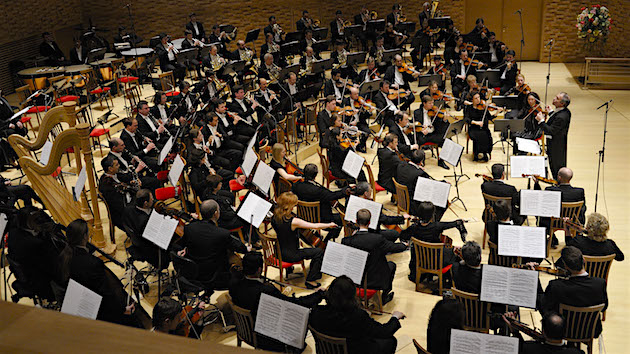
The orchestra plays with a crispness, precision, and discipline that can only be the result of a longstanding, deep-rooted tradition. This was immediately evident from the Symphony No. 9 in E-flat Major, op. 70 by Dmitri Shostakovich (1906–1975), which opened the concert.
On the surface, this Ninth is a rather abstract piece, written in a neo-classical style, but Gergiev peeled away the layers of classicism to expose the bitterness and cynicism within. Especially the final Allegretto, connected to the previous Largo by a stirring, sometimes haunting bassoon solo, was rife with wonderful musical sarcasm.
Denis Matsuev was soloist in the Piano Concerto No. 2 in G Minor, Op. 16 by Sergei Prokofiev (1891-1953). Matsuev is a powerful pianist with a continuously big sound, whose dynamic range is much less subtle and compromising than his expressive range. But every note he played sounded snappy and clearly articulated, and he showed his technical prowess in the two, massively demanding cadenzas of this concerto.
Due to the location of my seat in the auditorium, I couldn’t see Matsuev’s hands, which was especially unfortunate in the second movement of Prokofiev’s concerto; a Scherzo in which the pianist plays nonstop sixteenth notes at a rate of about ten notes per second, per hand. It was spectacular.
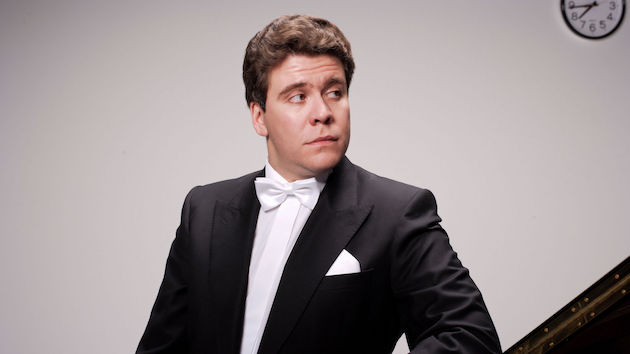
Matsuev’s encore, one of Rachmaninoff’s nine Études-Tableaux, Op. 39, was the perfect antidote for Prokofiev’s manic energy.
It was in Alexander Scriabin’s Symphony No. 3 in C Minor, op. 43 that Gergiev showed what a magnificent instrument the Mariinsky Orchestra really is.
Scriabin (1872–1915) is a fascinating and unique figure in Russian musical history, who drew inspiration from divinity, spirituality, and a very personal form of mysticism.
Like Scriabin’s score, the orchestra sounded lush, refined, and full of rich detail and kaleidoscopic imagery, turning the four uninterrupted sections of the symphony into one long, extended, restless development; one large, unresolved musical question in search of a resolution.
And when the answer finally came, it was glorious and majestic.

